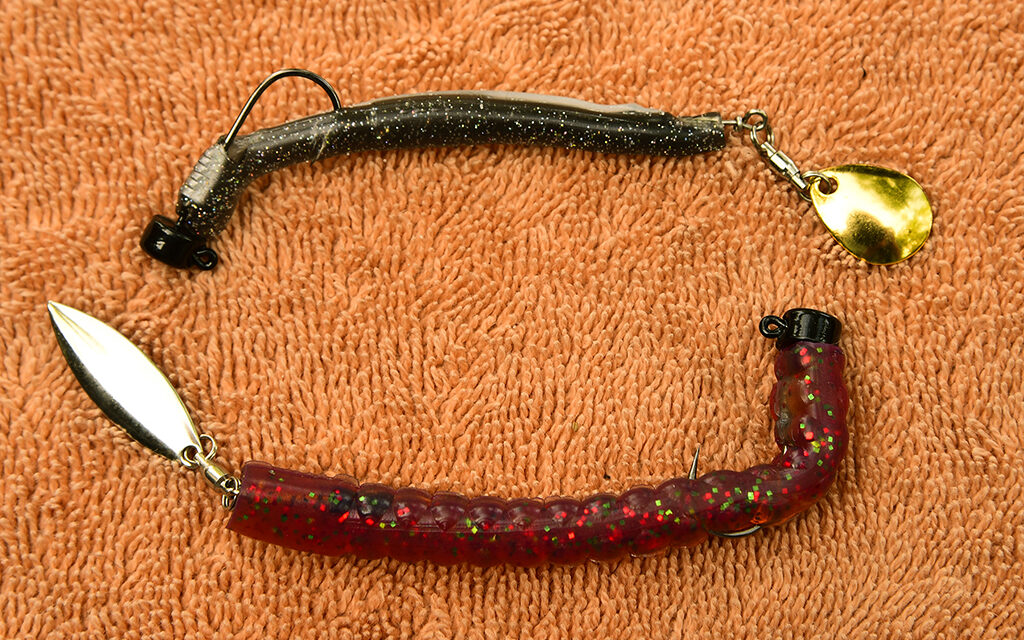by John Jefferson
“Summertime … and the living is easy;
Fish are jumpin’ and the cotton is high.”
George Gershwin wrote that. He lived in New York and never endured a Texas summer, that we know of
And I’ve never picked cotton. But I AM interested in “fish a-jumpin’.”
Most Texas freshwater fish have slowed their jumping by now, but you can still catch some if you change your battle plan. First, don’t sleep late. Be on the water at first light. Work the water near the shore or around and in the open area of boat docks — as long as no one is there.
Be considerate.
Start by casting a splashing topwater lure. I’ve had good luck with a Bill Lewis “Spitfire,” but there are myriad topwater baits that will work, including the vintage “Jitterbug.” It’s still being marketed.
As the morning matures, the bass move out into deeper water to escape the sun and heat. Follow them. And change to a deep diving crank bait or jointed glide bait. Reel it slowly or in a stop-and-go retrieve.
When you tire of that — or the fish let you know they’re not hungry for that flavor — change to a soft plastic worm or crawfish imitation in a blue or other dark color. Fish it deep and slowly, as well.
Another new lure that gives fish something different to chew on is a “Ned’s Rig” finesse worm with a spinner attached to its tail. See photo. If you aren’t familiar with this rig, beat it to Bass Pro Shops or a good tackle shop and ask for help. A commercial rig is also available at humdingerspinnerbaits.com. Spinners are available to insert into your favorite finesse plastic. Fished in short jumps along the bottom with its tail floating upward, it draws strikes when other lures don’t.
BIG SURPRISE! Lady Bird Lake (LBL) that meanders its way through Austin and the Convention District is reported to have coughed up a 31.5 – pound striped bass! The lake had no waterbody striped bass record, and nobody suspected one. LBL received a 1983 stocking of 5,317 striped bass. None since then. To come from that stocking, the recent catch would be 40-years old. That itself would be a record. But it’s unlikely that‘s what happened.
Lake Travis, two lakes upstream from LBL, was stocked with hundreds of thousands of stripers between 1973 and 2017. It’s a good bet that the recent catch originated in Trav. Lake Austin – between Travis and LBL – was never stocked with stripers, according to TPWD.
Lone Star Outdoor News reported that Miller Polly caught the big striper. Another paper reported his fishing partner caught it. A TPWD fisheries biologist working LBL reported that electro surveys of LBL failed to show any population of stripers. The biologist did say that his information indicated the big fish was caught near Redbud Island in the upper end of the lake. It was indeed rare.
It’s doubtful that LBL will be considered a striper Honey Hole after just one catch.
JJ




